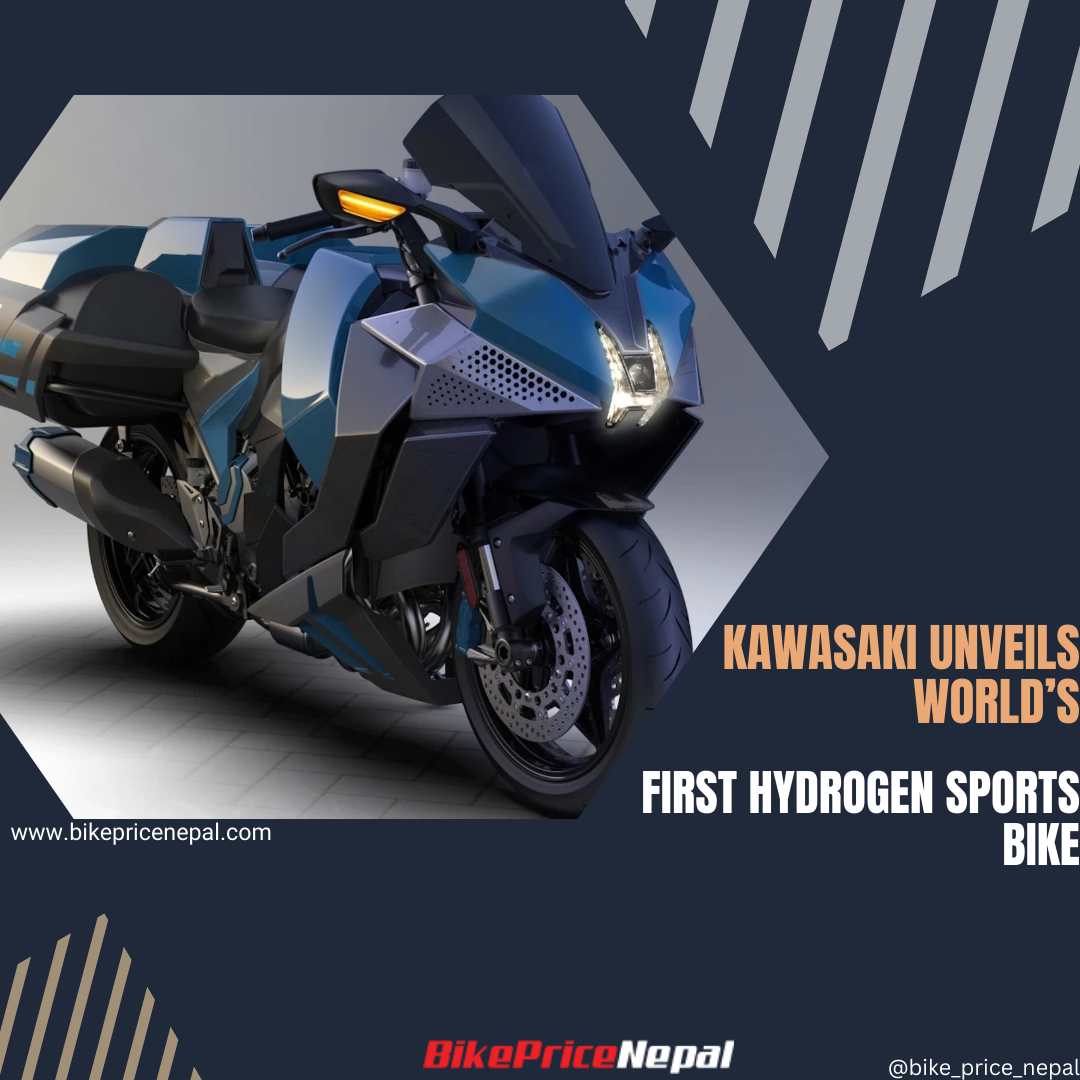Kawasaki Unveils Worlds First Hydrogen Bike

In a world where electric vehicles dominate headlines, Japanese motorcycle giant Kawasaki is making waves by introducing the HySE, the world's first hydrogen-powered sports bike. Unveiled at a press conference held by Kawasaki Heavy Industries, the parent company of Kawasaki Motors, the prototype showcases the company's commitment to preserving internal combustion engines.
The Kawasaki HySE Prototype Unveiling
The HySE prototype, an official project name for the hydrogen-powered motorcycle, made its debut at a press conference in Japan. The motorcycle's design deviates from previous renders, featuring a striking blue color scheme that clearly signifies its hydrogen fuel source. The bodywork has been revamped, now adorned with substantial plastics from head to toe, and a distinctive H-shaped LED headlight replaces the previously envisioned dual-pod unit.
Under the Hood: A Hydrogen-Powered Beast
The real innovation lies beneath the motorcycle's exterior. The HySE boasts a 999cc supercharged inline-four engine, a derivative of the Ninja H2 SX, but with a revolutionary twist—it runs on hydrogen with direct injection. While specific performance figures are yet to be disclosed, expectations are high given the Ninja H2 SX's impressive output of 197 horsepower and 101 pound-feet of torque.
Hydrogen Storage Challenges
One of the challenges in hydrogen-powered vehicles lies in storage, evident in the HySE's design. The hydrogen is stored in large side pods at the rear of the motorcycle, emphasizing the need for substantial storage space due to hydrogen's lower efficiency compared to gasoline. This addresses a critical concern for hydrogen-powered vehicles, highlighting the need for advancements in storage technology.
Familiar Features and Design Elements
The HySE borrows various design elements and features from the Ninja H2 SX, reinforcing its connection to Kawasaki's existing lineup. These include 17-inch star-shaped wheels, a single-sided swingarm, a prominent four-into-one exhaust system, a tubular trellis chassis, and high-performance Kawasaki-branded brakes. These components contribute to the motorcycle's overall performance and aesthetics.
Real-World Testing and Commercialization
While the unveiling of the prototype is a significant step, the real-world testing of the Kawasaki HySE is slated to begin in early 2024. This phase will provide valuable insights into the bike's performance, efficiency, and any potential challenges that may arise. Kawasaki has ambitious plans to commercialize hydrogen-powered two-wheeled vehicles in the early 2030s, showcasing its long-term commitment to advancing alternative fuel technologies.
Kawasaki's unveiling of the HySE prototype marks a pioneering moment in the motorcycle industry, demonstrating the company's dedication to innovation and the preservation of internal combustion engines. As the world transitions towards sustainable transportation, the development of hydrogen-powered vehicles, especially in the sports bike segment, opens new possibilities for a cleaner and greener future. The real-world testing phase in 2024 will be eagerly anticipated, providing enthusiasts and environmental advocates alike with a glimpse into the future of motorcycling.
